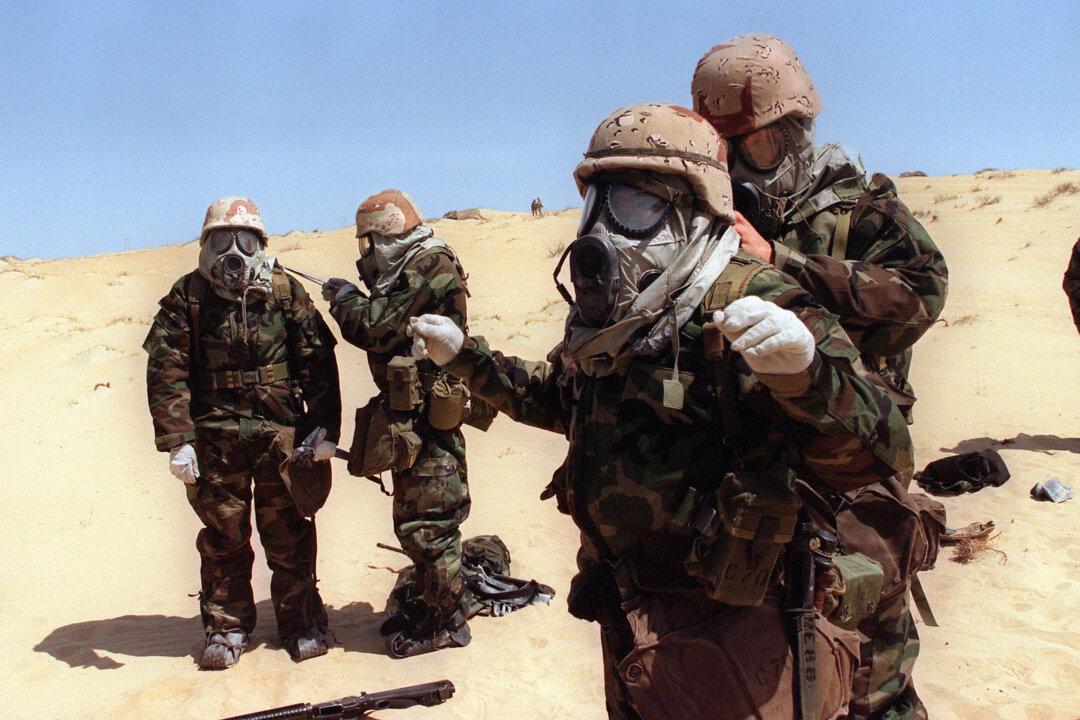In the 1990s, long after Vietnam veterans returned home with serious medical problems they attributed to Agent Orange; Americans thought we were past this kind of chemical exposure for troops. That was until Persian Gulf War veterans started to experience their own disastrous medical affects. A university study found new information about chemical exposure in the first Gulf War.
Known as the Gulf War Illness (GWI), this chronic health condition affects approximately one-quarter of military veterans who fought in the Gulf War. For years GWI stumped doctors and medical scientists. Neither a specific cause nor proper diagnosis could be given for many veterans. Now GWI appears to be the result of several factors.
The term “Gulf War Illness” was given to soldiers who suffered a complex range of symptoms that could not be explained through common laboratory tests. Soldiers who have GWI may show any combination of: chronic headaches, widespread pain, memory and/or concentration difficulties, unexplained fatigue, digestive, and other abnormalities. Few GWI patients have recovered since 1991.
The Baylor University study was funded by the Department of Defense and co-authored by Antonio Sastre, Ph.D.; Mary R. Cook, Ph.D., formerly of Midwest Research Institute in Kansas City, Mo.; and Mary M. Gerkovich, Ph.D., of the Department of Biomedical and Health Informatics, at the University of Missouri-Kansas City School of Medicine. The study focused on 304 veterans suffering from GWI and was published Sept. 19 in Environmental Health Perspectives, a medical journal.
Study Says Gulf War Illness Is Result of Multiple Causes
In the 1990s, long after Vietnam veterans returned home with serious medical problems they attributed to Agent Orange; Americans thought we were past this kind of chemical exposure for troops.

U.S. soldiers from the 4th Regiment of Marines help each other to dress full anti-chemical equipments on Aug. 23, 1990, during a training operation in the Saudi desert a few days after the Iraqi army entered the Kuwait. Gerard Fouet/AFP/Getty Images
|Updated:
Our study results strongly suggest that GWI is the residual effect of exposures encountered by military personnel who served in the 1991 Gulf War.
, Ph.D., epidemiologist, Baylor University



